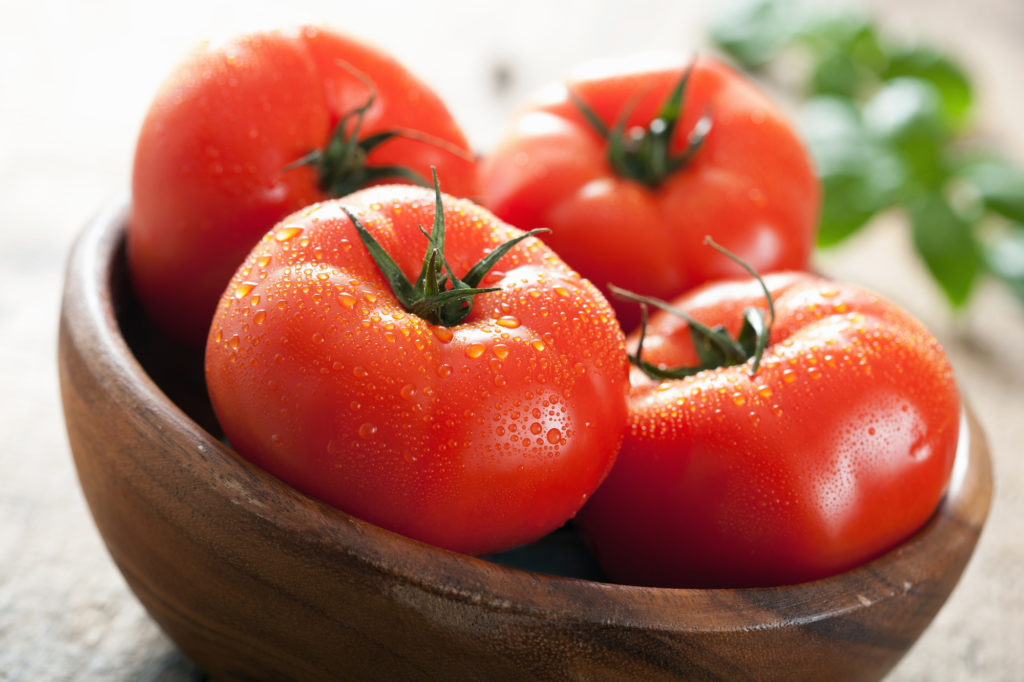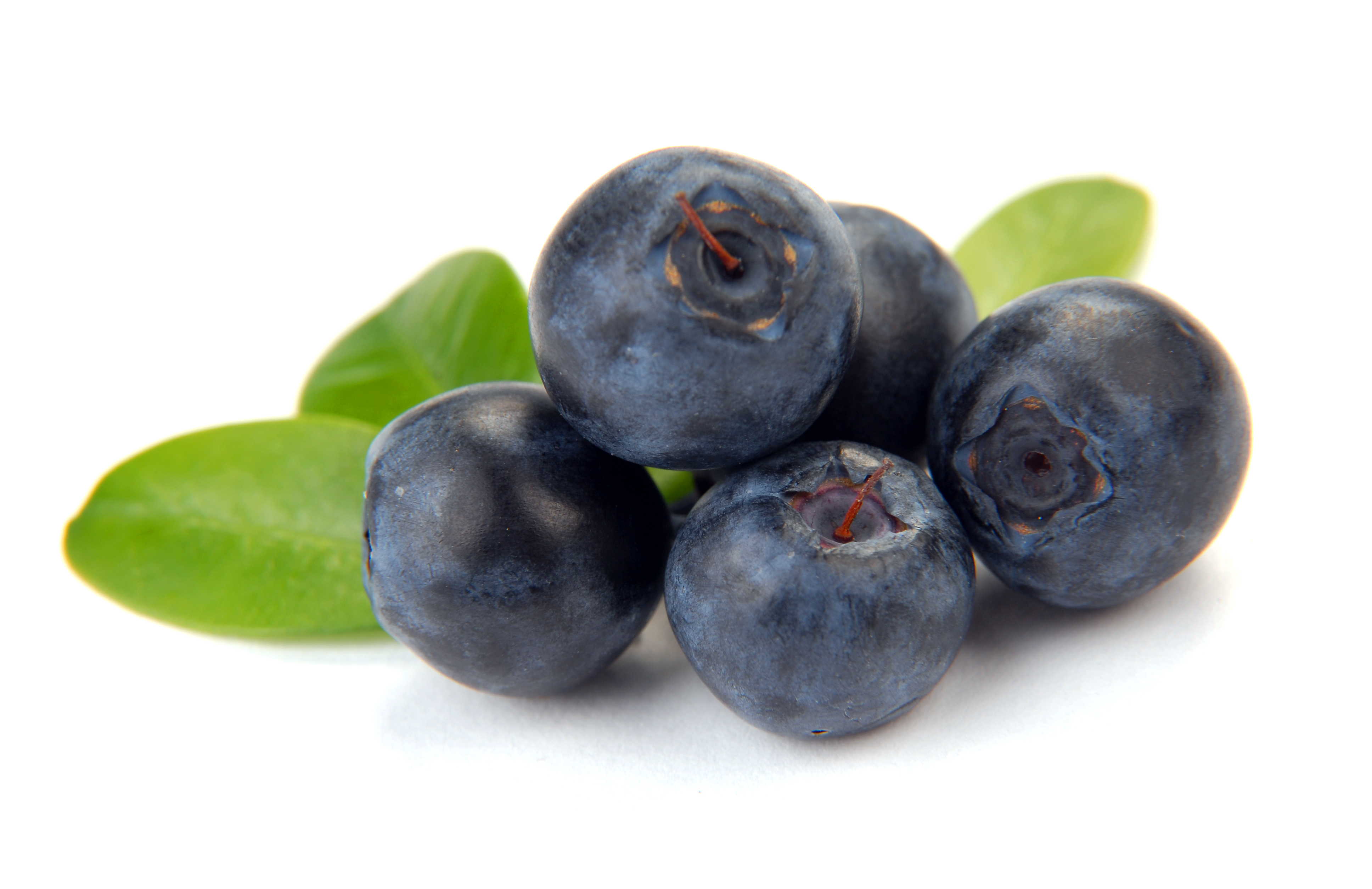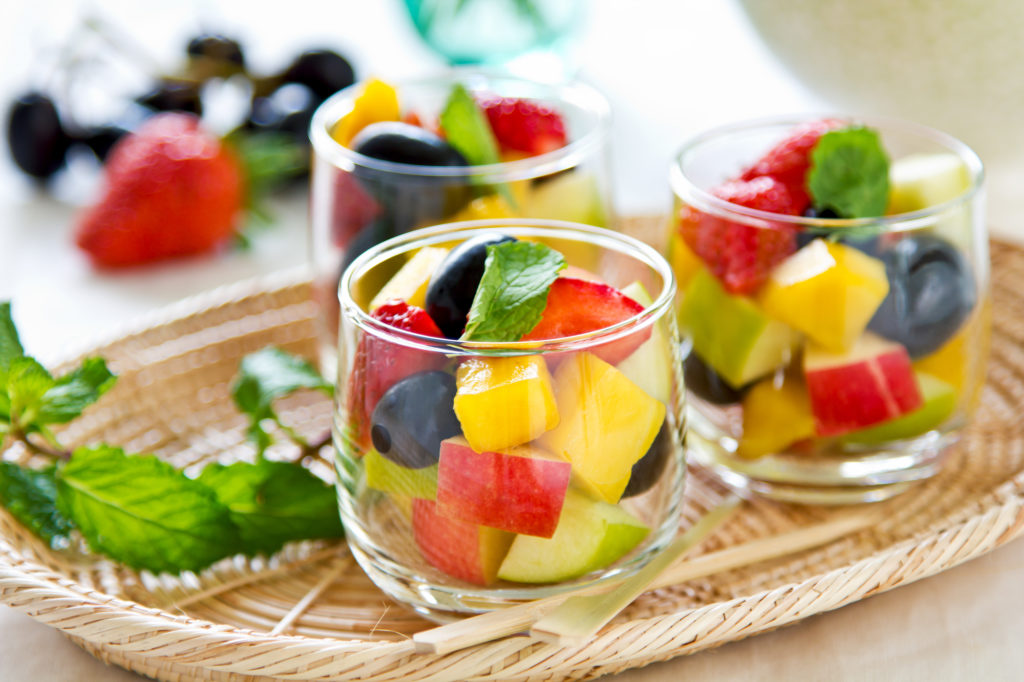
Do you experience an energy crash mid-morning and mid-afternoon?
Do you notice any extra belly fat?
These are two very common consequences of unbalanced blood sugar – a result of consuming too many of the wrong type of carbohydrate.
Carbohydrates are the sugars, starches, and fibers present in fruits, vegetables, grains, and dairy products. Carbohydrates are a rich source of energy for the body because they provide energy for cells.
You are probably familiar with the “sugar rush” phenomena that results from eating a lot of sugary food in a short period of time. Your body quickly converts the food to glucose and immediately dumps it into your blood stream.
Not only does this result in a prompt spike in blood sugar and an equally quick drop (which makes you even more exhausted then before you ate the food), but over time this can also lead to an accumulation of belly fat. This happens because the body realizes that there’s more sugar than it actually needs, so the body intuitively stores it for later. The organ responsible for storing the extra energy is the liver, which is located in your belly area. Over time, eating excess sugar can result in an accumulation of adipose (fat) tissue around your belly.
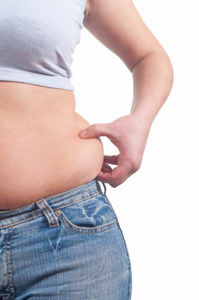
There are a few factors that influence how quickly the sugar enters your blood stream and how much is available for “storage:“
- Type of carbohydrate composition
- Glycemic Index – a numerical ranking (1-100) of the extent to which a food raises blood sugar after eating it
- Glycemic Load – the glycemic index of a food, calculated based on the actual portion size of the food item (a more accurate measure)
- Food Insulin Index – the amount of insulin produced by the body, in response to the intake of a food (both carbs AND protein require insulin to be digested)
- Combination of carbohydrates, proteins, and fats eaten together
- Method of food preparation (roasting vs sautéing vs raw vs boiled)
- Amount of food consumed (1/2 cup brown rice vs 2 cups brown rice)
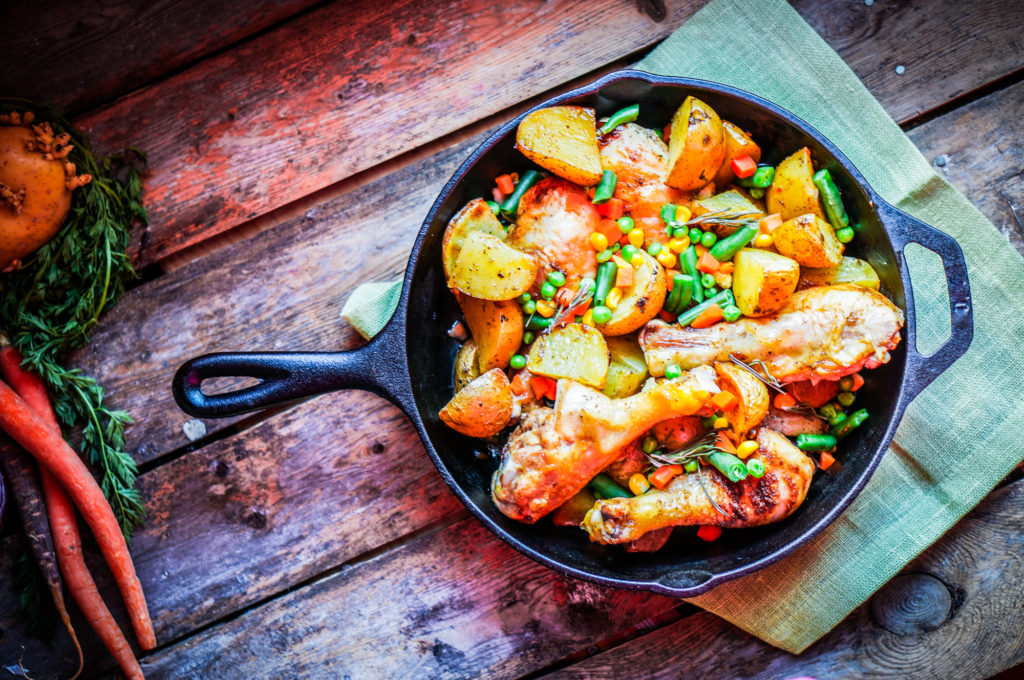
How can I easily apply this in my daily life?
Here are a few tips to keep things simple…
- Look at a listing of foods and their respective glycemic load. Identify the foods that have a low glycemic load and try to incorporate more of them! Notice which foods have a higher glycemic load and eat them less frequently. Here is the best resource I have found: Managing Dietary Carbohydrates for Better Health
- Focus on Fiber. Fiber is a type of carbohydrate that slows the absorption of sugars into your blood stream. For example, an orange has lots of dietary fiber that holds the juicy fruit together, while orange juice has absolutely no fiber and sends the sugar flying into your blood stream.
- Have some protein & healthy fats at each meal to steady the rate of carbohydrate breakdown & absorption.
- Avoid white, refined, and processed foods such as white rice, white bread, white potatoes, conventional pasta, crackers, rice cakes, and pretzels. These foods have very little fiber, they break down very quickly, and are often eaten in larger quantities because they are not satiating (they don’t make you feel full & satisfied).
- Opt for legumes and beans as a side dish, such as hummus, steamed green peas, lentil soup, and black bean tacos. Beans contain lots of fiber, good protein, tons of vitamins & minerals, and they keep you full for hours. Chew them extra well and your stomach won’t be tasked with churning to break them down after your meal 😉
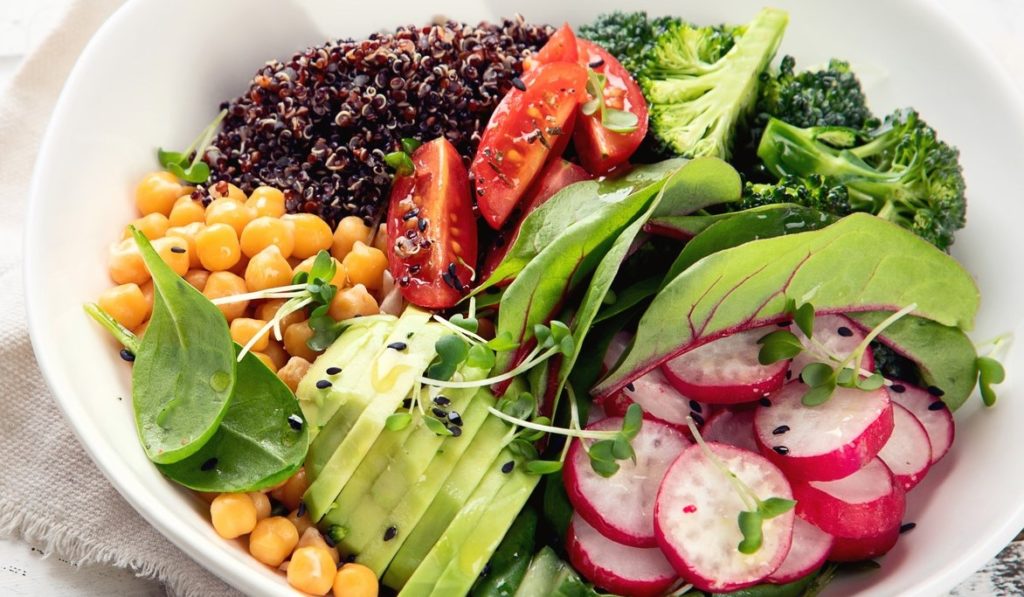
Here are some of the best low-glycemic foods to focus on:
- Berries (blueberries, strawberries, raspberries, blackberries)
- Apples (with the skin)
- Citrus fruits (oranges, grapefruit, lemons)
- Non-starchy veggies (zucchini, green beans, cucumbers, mushrooms, peppers)
- Leafy greens (spinach, arugula, romaine, collard greens, kale, chard)
- Broccoli, cauliflower, brussels sprouts, asparagus, bok choy
- All nuts!
- Eggs, tofu
- Steel-cut oats
- Rye, barley, wild rice, quinoa
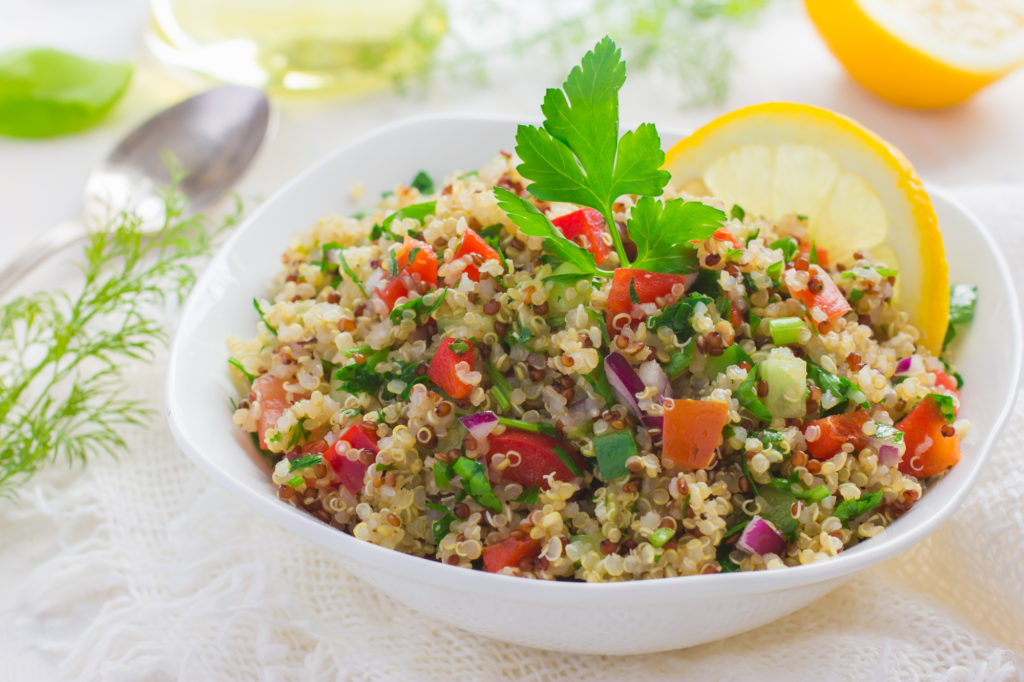
Preparation Methods:
Steaming & boiling generally lowers the glycemic load
Roasting & baking often raises the glycemic load (think: caramelization makes roasted sweet potatoes taste even sweeter!)
Raw fruits & veggies have the lowest glycemic impact of any method!
One of my favorite low-glycemic treats is a tomato sandwich on whole grain rye bread (or rye crackers) and a generous spread of hummus!
